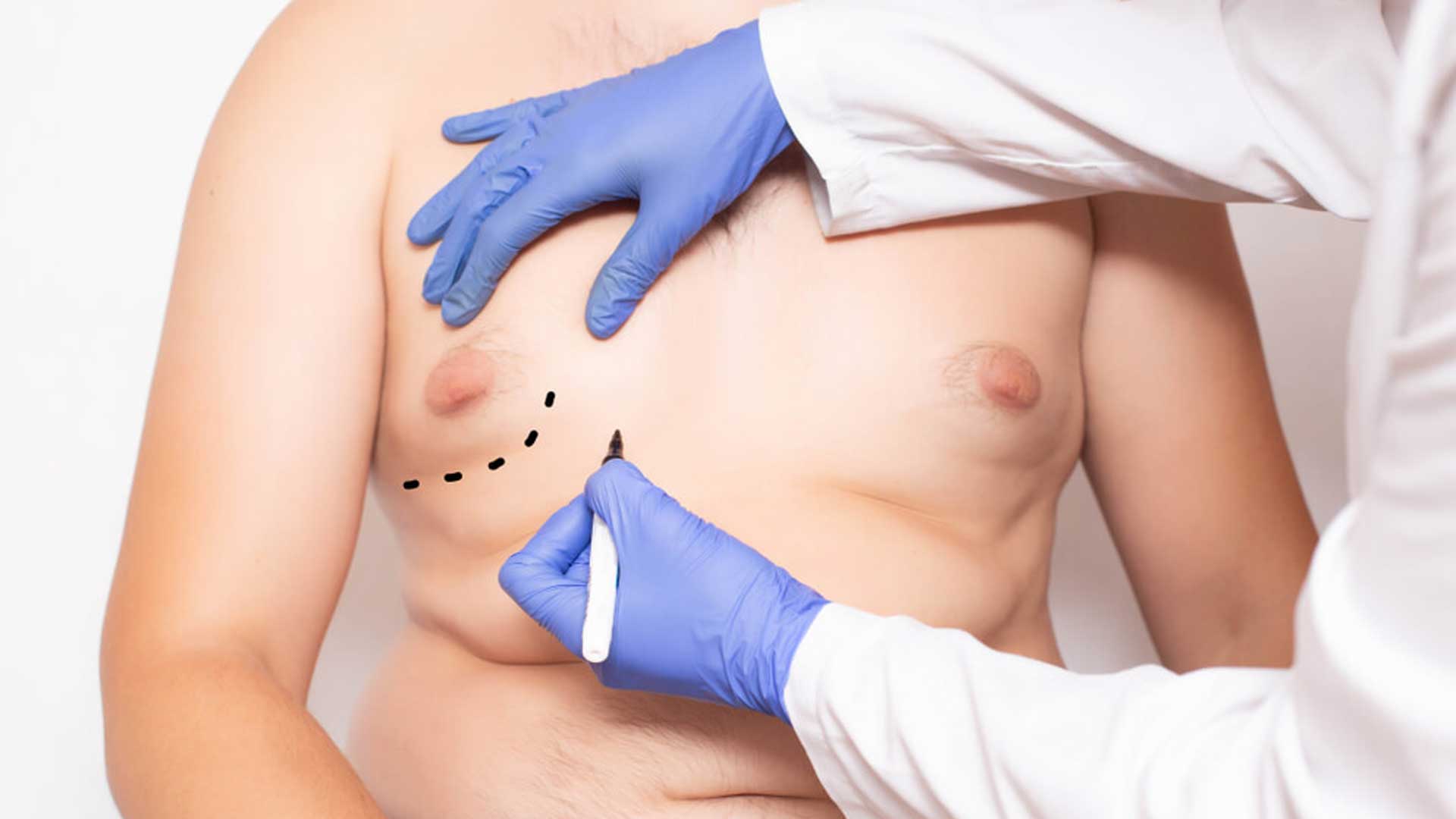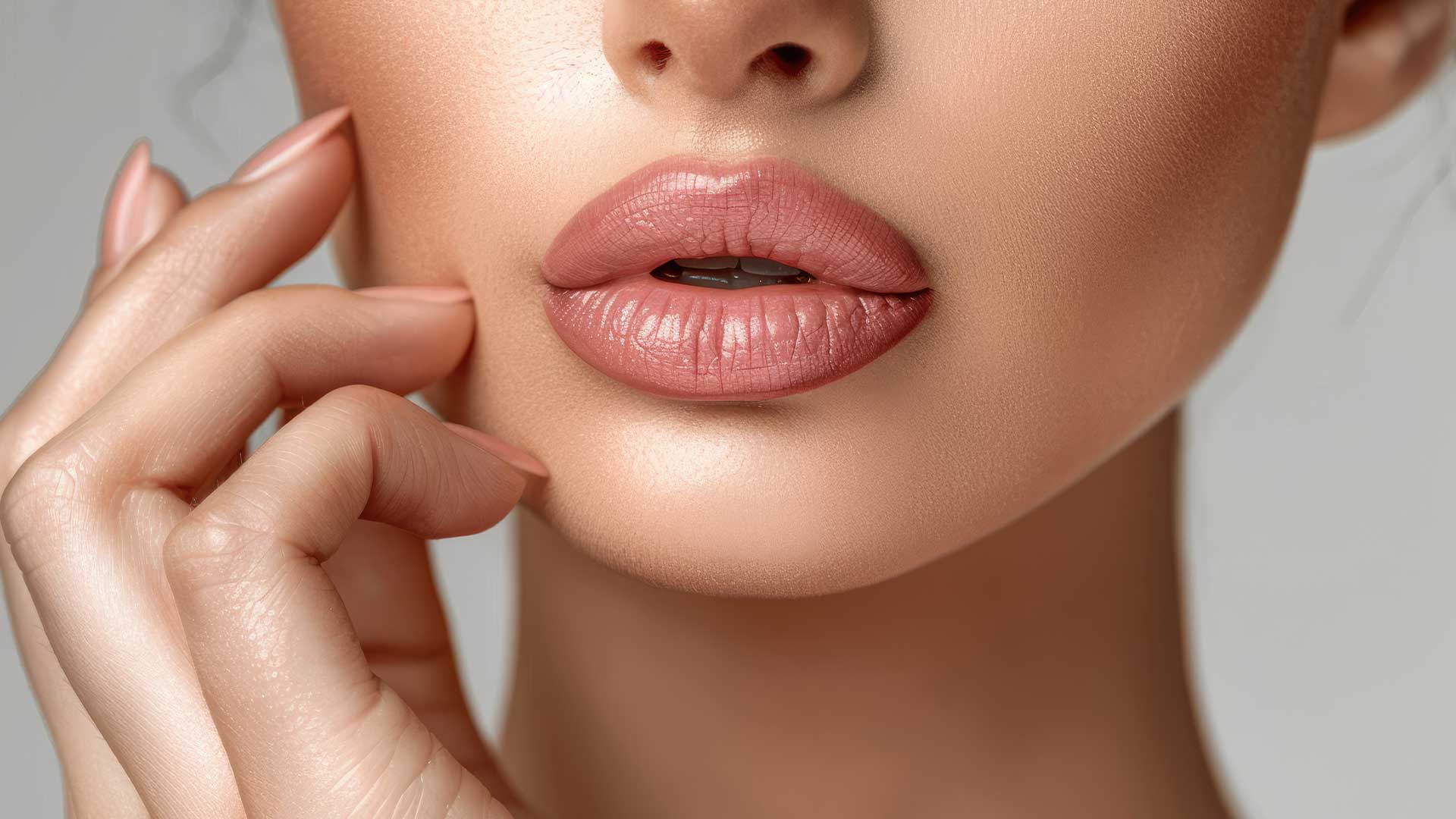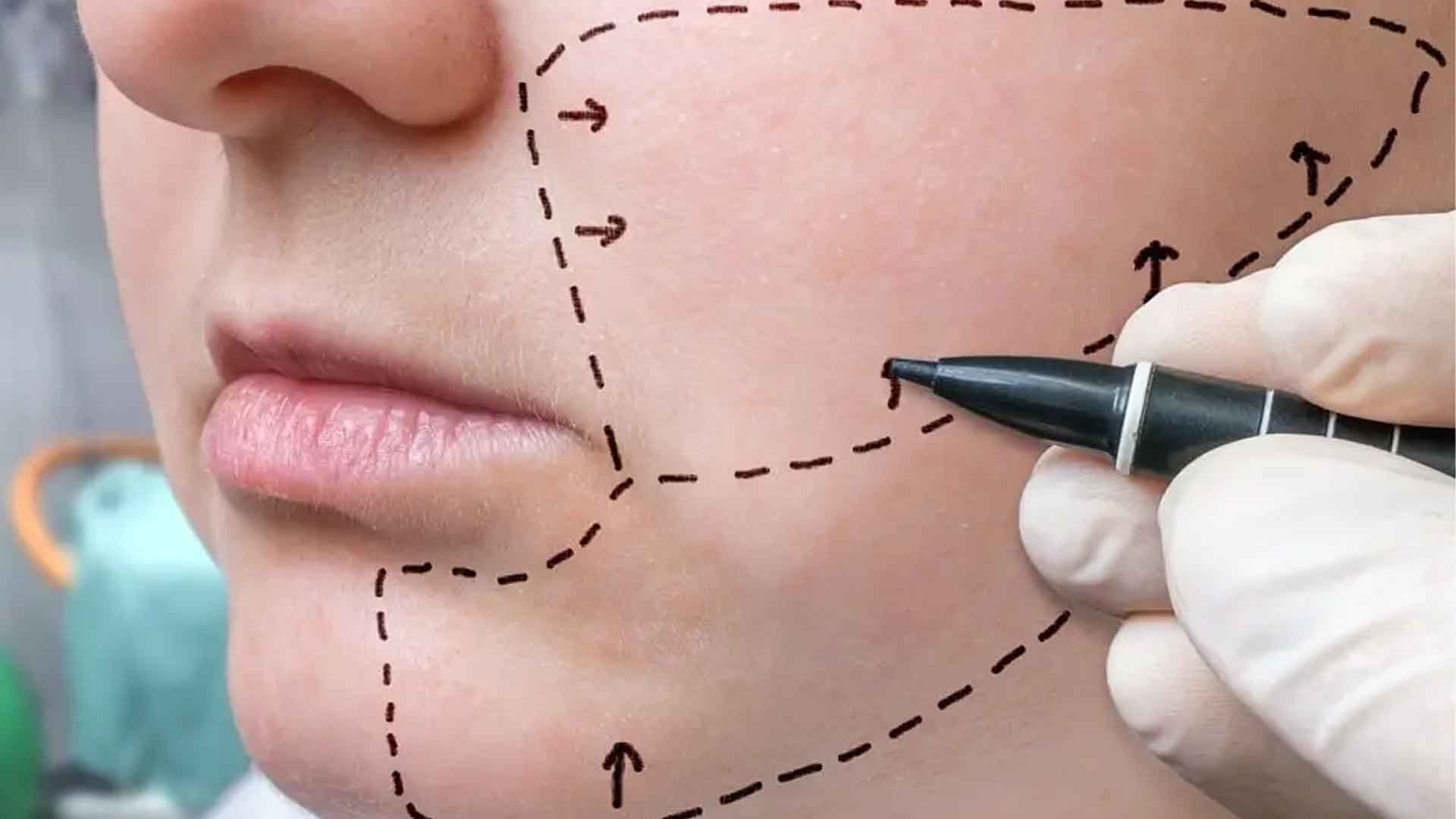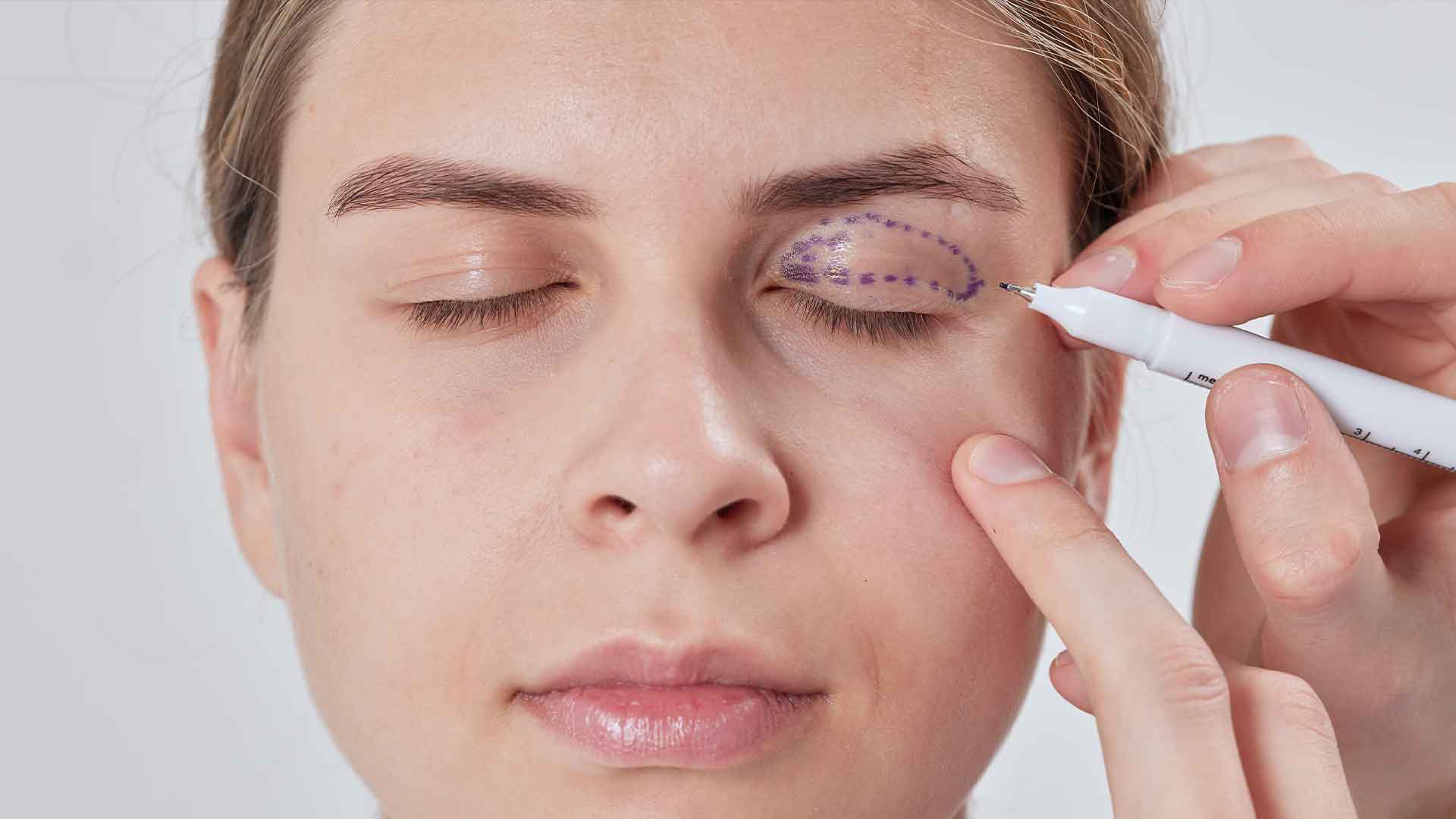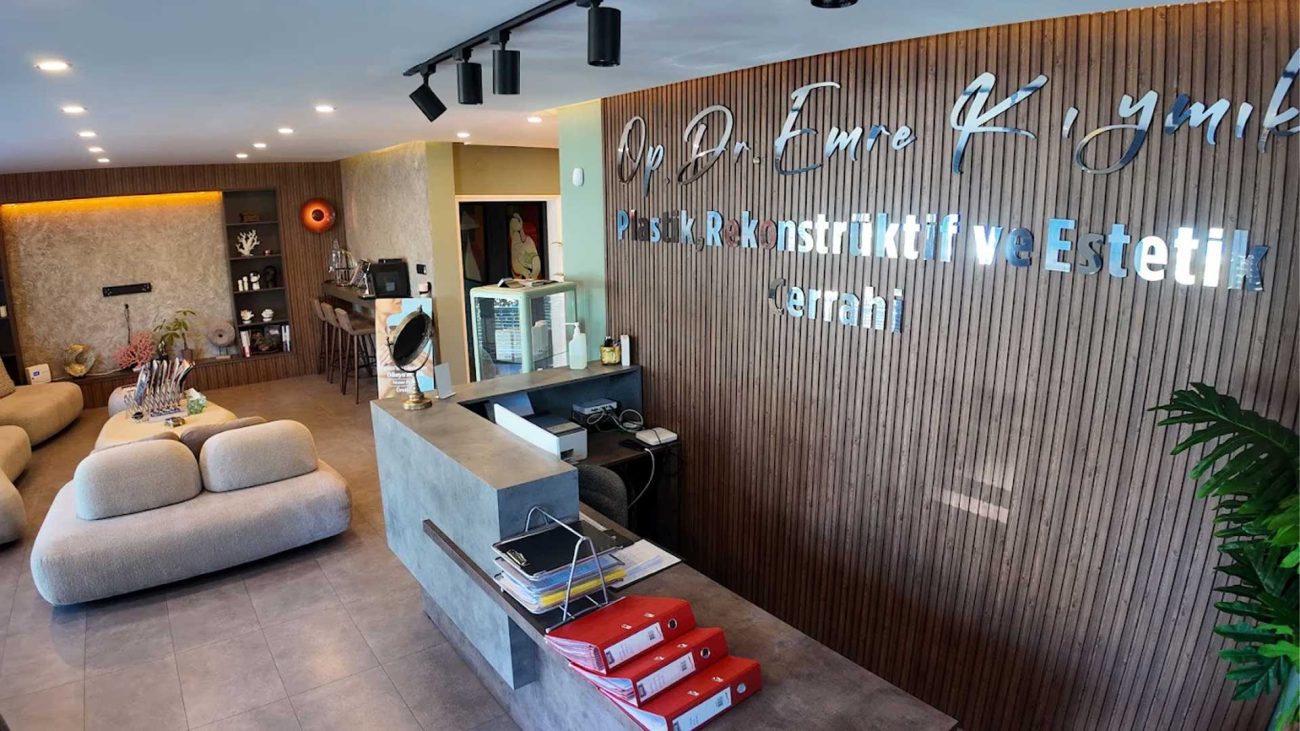FACE AND NECK LIFT
Facelift surgery is a procedure that aims to naturally restore a youthful appearance to the face by lifting and tightening sagging facial tissues. The primary goal is to help individuals considering this procedure achieve the best possible facial and skin structure within their age group.
WHO ARE SUITABLE CANDIDATES FOR FACELIFT AND NECKLIFT PROCEDURES?
The best candidates for face and neck lift surgery are individuals who show signs of sagging or aging in their faces. These individuals are typically between the ages of 40 and 70.
What is the recovery period after a face and neck lift procedure?
The recovery period for a face and neck lift procedure is approximately 1 to 2 weeks. Dressings are removed the day after surgery and replaced with a soft elastic bandage to reduce swelling and maintain the neckline. This bandage should be worn for at least 2-3 weeks.
What are the possible complications that may occur during or after a face and neck lift procedure?
Swelling and bruising may occur in the treated area after the procedure. Other possible complications following a face and neck lift include infection, numbness, pain, hair loss in the incision areas, facial nerve damage, or fluid accumulation. However, the likelihood of these complications occurring is quite low.
NECK AESTHETICS
The jowl is the area between the lower part of the chin and the beginning of the neck. The layer of fat in the jowl area can sometimes increase, or the skin over the jowl can become loose. This causes aesthetic concerns for many people.
Who is a chin/neck (double chin) aesthetic suitable for?
Chin aesthetics can be performed on adults. Younger individuals typically seek chin aesthetics due to fat accumulation, while older individuals seek it primarily due to loss of skin elasticity. Additionally, individuals with a small jaw structure may experience more pronounced sagging in the chin area compared to normal.
What causes sagging?
Double chin occurs due to diet, weight gain, skin characteristics and quality, and hereditary factors.
Is chin/neck (double chin) aesthetics permanent?
Chin aesthetics is a permanent and non-recurring type of aesthetic procedure that lasts until the maximum level of the natural aging process when the individual pays attention to their lifestyle. For the procedure to be permanent, the individual must pay attention to weight gain. Because if the individual gains excessive weight after undergoing chin aesthetics, this can cause extra fat accumulation in the neck area.
EYELID AESTHETICS
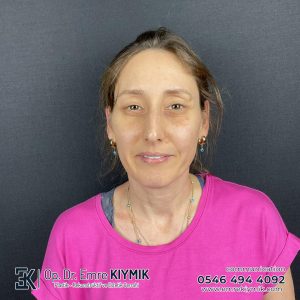

WHAT IS EYELID SURGERY?
Eyelid surgery (blepharoplasty) is the removal of excess fat, muscle, and skin tissue from the upper and lower eyelids. This tightens the areas around the eyes that support the tissues. This procedure aims to correct drooping, inward or outward turning upper and lower eyelids, puffiness caused by excess fat accumulation, and wrinkles around the eyes.
Will there be any scarring after blepharoplasty?
In eyelid aesthetic surgeries, scars are initially redder and more noticeable. As the wound healing process progresses, the scars gradually fade. When the eye is open, the scars are not visible because they are located in the eye socket. When the eye is closed, a thin line-shaped scar may be visible upon very close and careful inspection. In daily life, it is impossible to see them when using products such as concealer or foundation.
At what age is blepharoplasty performed?
It can be performed at any age during adulthood. The ideal age for eyelid surgery is when the individual finds the problem bothersome. When performed in one’s twenties, it is usually due to genetically caused excess eyelid skin.
What to Expect After Eyelid Surgery
- Swelling (edema) around the eyes and eyelids, bruising,
- Dry eyes, burning sensation, blurred vision,
- Light sensitivity
Almost all of these complaints subside within 3 to 10 days.
Ear Pinning Surgery
What is Ear Pinning Surgery (Otoplasty)?
Otoplasty is a procedure that makes the ears more symmetrical and aesthetically pleasing, and is often chosen because of dissatisfaction with the appearance of the ears. Although otoplasty is more common among children and young adults, it can be suitable for people of all ages. This procedure can also be performed due to problems with the earlobe and cartilage.
Is there an age range for ear pinning surgery?
There is no specific age range for ear pinning surgery. The surgery is usually performed once the ears have finished developing.
What are the benefits of ear pinning surgery?
People who are usually dissatisfied with this condition develop habits such as growing their hair long and not tying it back. Pinna reduction surgery significantly changes the appearance of the ears by bringing them to their normal position. This will boost the person’s self-confidence and positively affect their family and social relationships.
What is ear pinning surgery and what happens afterward?
Depending on the patient’s age, it can be performed under local or general anesthesia. It can be performed in hospitals or clinics. It is a daily surgical procedure that does not require hospitalization. An ear band must be worn for about 3 weeks after surgery. Since the incisions are usually made in the crease behind the ear, there is no visible scar. It does not affect hearing. Recovery is complete within 1-2 weeks. Tears and holes in the earlobe, as well as any widening or sagging, can also be easily corrected under local anesthesia.
What are the disadvantages of ear pinning surgery?
Care should be taken regarding blood or fluid accumulation in the early stages. In the later stages, the sutures used to pull the ear back may rarely open. In this case, revision surgery may be required.
Eyebrow, Temple, and Forehead Aesthetics
What Are the Methods of Eyebrow Lift (Eyebrow Aesthetics)?
Some people look beautiful with eyebrows that are raised as high as possible, while others look beautiful with eyebrows that rise slightly to the sides and extend straight across, or sometimes with eyebrows that are excessively plucked from the sides, leaving only the inner 2/3 remaining. Techniques used to lift the eyebrows and shape them as desired include plucking, permanent makeup or tattooing, Botox injections, threading, and surgical eyebrow lifting.
1. Eyebrow shaping and permanent makeup
You can lift and shape your eyebrows to a certain level by plucking them, or you can shape and lift them with permanent makeup. However, since permanent makeup is a method that cannot be changed for life, you need to think carefully before deciding. This is because permanent makeup is more difficult to remove than other tattoos.
2. Botox
When applied correctly, it can lift the outer corners of the eyebrows to achieve the desired result. Botox It is a substance that temporarily disables the facial muscles. For this reason, it is also used in the treatment of wrinkles. Its application is simple. After applying ice to the injection site for a while to reduce pain, it is administered painlessly. It begins to take effect in 3-4 days and becomes noticeable in 7-10 days. Sometimes, another injection may be needed on the 10th day for touch-ups. Its effect is temporary. It needs to be repeated every 5-6 months. After the procedure, you may experience small bruises and swelling on your face, which will subside quickly. Applying ice immediately after the procedure prevents swelling and bruising. You can return to work and your daily life immediately after Botox treatment.
3. Lifting eyebrows with a suspension
It is a very simple and quick method. It can be performed under local anesthesia. Using needles, non-dissolving threads are passed through 2-3 mm incisions made within the hairline and above the eyebrows, lifting the eyebrows as much as possible. The effect lasts between 8 months and 1 year. You can return to work the same day. Recently, special threads have been developed for suspension procedures. These threads, which can provide two-way tension, allow for both more effective and longer-lasting (approximately 2 years) eyebrow lifting.
4. Lifting eyebrows with surgery
This method is typically used alone in younger and middle-aged patients who desire only a lift of the outer edge of the eyebrows without any drooping. In older age groups, it can be combined with facelift surgery and eyelid aesthetics. Eyebrow lift surgery is a method that produces permanent results. However, as sagging will occur on the forehead over time, there will also be some drooping of the eyebrows.
What is a Temporal Lift?
It is a permanent method used to correct the condition of creasing at the temples and drooping eyebrows, which is particularly seen in women after the age of 30.
What is a Temporal Lifting Surgery?
A brow lift is a cosmetic surgery performed to correct drooping eyebrows, which are generally considered signs of aging and negatively affect a person’s facial expression. This type of surgery lifts the eyebrows and temples to provide a natural rejuvenated appearance, making the facial expression appear fresher and more energetic.
Who is a Temporal Lifting Surgery Suitable For?
Women over the age of 30 are more likely to opt for a forehead lift.
Forehead lift surgery is a specialized cosmetic procedure that removes wrinkles and lines from the forehead. Horizontal and vertical lines are found in the forehead area. These lines make a person look older and more tired than they actually are. With forehead lift surgery, a person can achieve a younger and smoother complexion. A forehead lift is a more suitable procedure for older individuals. This procedure, which is frequently performed on individuals over the age of 40-45, is quite beneficial. Known as a facial rejuvenation procedure, it must be performed by an expert surgeon. Otherwise, undesirable results may occur.
Postoperative Process
- Bruising may occur after surgery. This is nothing to worry about. Applying ice packs can reduce bruising and swelling by half.
- You may experience pain after surgery. You should take the painkillers recommended by your doctor.
- Heavy objects should not be lifted during this period.
- You should start exercising 4-5 days after surgery.
- Since the procedure is very demanding, the person can return to their normal life after a 3-day rest period.
- Your eyebrows may be slightly higher than expected immediately after the procedure. This will settle down within 1-2 months and return to normal.
- In forehead lifting, loss of sensation in the forehead area is a risk. This is usually due to stretching of the nerves in the temple (temporal region) and rim area. It is very rare and does not cause significant discomfort.
- Another risk is damage to the nerves that move our forehead. This leads to eyebrow asymmetry. It is a very rare complication.
Postoperative Care Instructions
- The most important thing to consider in forehead surgery is the risk of numbness in the area. Although this is very rare, attention must be paid to the area where numbness has occurred.
- Although rare, the nerve that controls movement in the forehead may be damaged. This causes asymmetry in the eyebrows. It is a very rare complication.
- The eyes may not close completely during the first week. In such cases, artificial tears and moisturizers can be used.
- There may be bruising on the forehead.
- Severe headaches may occur after the procedure.
- If the surgical site was closed with staples, they are removed 7-10 days after the operation. No pain is felt when they are removed.
- After a forehead lift, you might have issues with your eyebrows being too high. Sometimes they can be too low, sometimes too high. It’ll take 1-2 months for the eyebrow irregularity to fix itself.
- As with any surgery, there is a risk of infection with forehead lift surgery. This risk can be eliminated by using antibiotics.
- Exercising immediately after surgery can damage the affected area. It may necessitate a repeat procedure.
- Forehead lift prices may vary depending on the area treated. The surgery can be repeated at the patient’s request.
What is a Cheek Reduction Surgery?
Bichectomy is one of the cosmetic surgical procedures performed to make the cheekbones more prominent and the facial contours more defined by removing the buccal fat tissue located in the cheek area. The bichectomy method aims to transform U-shaped facial contours into a V-shape. Bichectomy leaves no visible scar on the outer part of the cheeks and is a permanent procedure as long as there is no excessive weight gain.
Who is eligible for a buccal fat removal procedure?
Bichectomy surgery can be performed on anyone over the age of 25 whose facial features have settled. However, this operation is not recommended for those who are overweight or obese, or who smoke. While bichectomy is preferred by those with full cheeks, it is not recommended for individuals with thin cheeks, as it may lead to negative outcomes in later years.
Things to Consider After Cheek Reduction Surgery
Although the patient is discharged on the day of the buccal fat removal surgery, there are some points to be mindful of for a period of time. The patient should consume liquid foods instead of solid foods for 2-3 days. Alcohol and cigarettes should not be consumed until the wound has healed. This can damage the wound and delay healing. It is very important to pay attention to dental hygiene to prevent the incisions from becoming infected.
Sutured areas usually heal within 1 week; it is normal for swelling or edema in the cheek area to persist for a while longer. Patients are advised to apply cold compresses to relieve swelling. The doctor may also prescribe painkillers and antibiotics for use after surgery. It may take up to 3 weeks for the full effects of this operation to be seen.


